Tools Every Homeowner Should Have for Minor Repairs
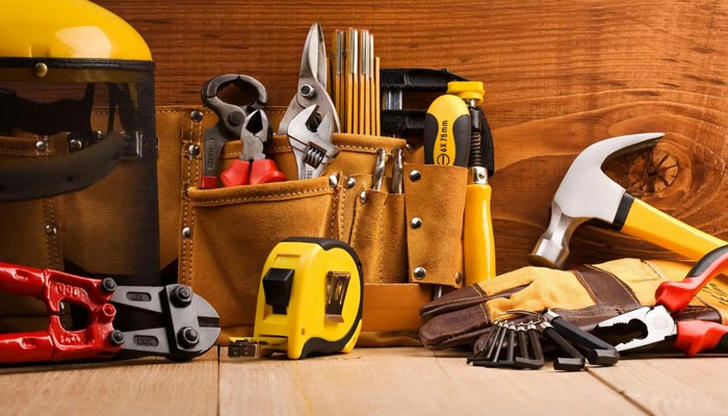
Homeownership involves being responsible for maintaining and repairing appliances within the house. Some tools would simplify all these things, Whether fixing a leaky faucet and putting together furniture. Instead of hiring a professional to repair every small thing, purchasing a good-quality toolbox allows homeowners to fix things quickly.
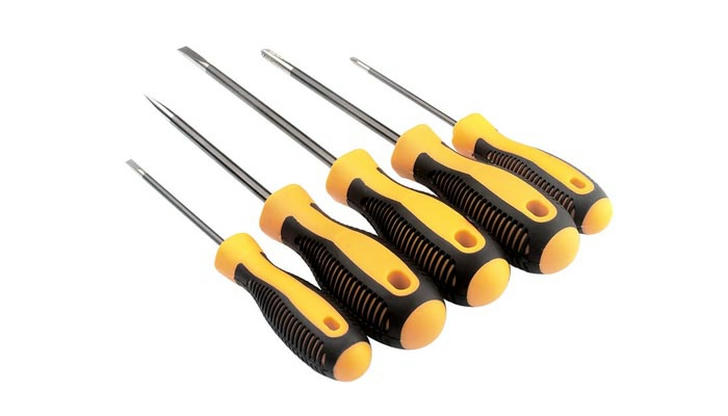
1. Screwdrivers (Flathead and Phillips)
A good screwdriver set is a standard item in any toolshed. Almost everything in the house is screwed together and will need to be tightened.
Flathead Screwdriver: For slotted screws and opening paint cans.
Phillips Screwdriver: For crosshead screws, often found in household fixtures and electronics.
Tip: Look for one that is bundled with multiple sizes for different screws.
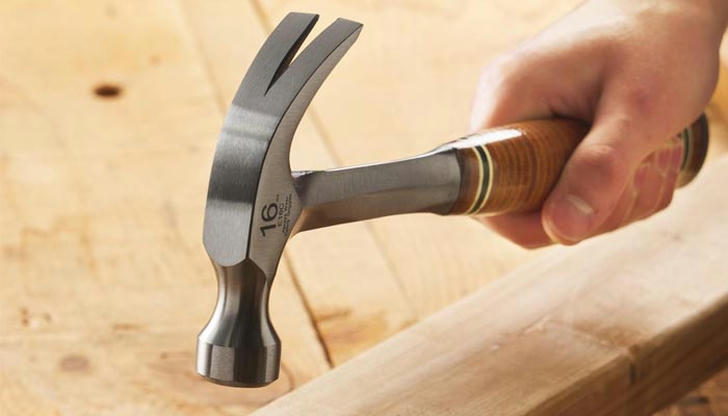
2. Hammer
A hammer is required to drive nails, smash small things and construct furniture.
Claw Hammer: This is the most versatile form, with a flat head for driving and a curved claw for pulling out nails.
Rubber Mallet: Suitable for delicate surfaces requiring a lighter strike.
Tip: Choose a hammer with an ergonomic handle to reduce hand fatigue.
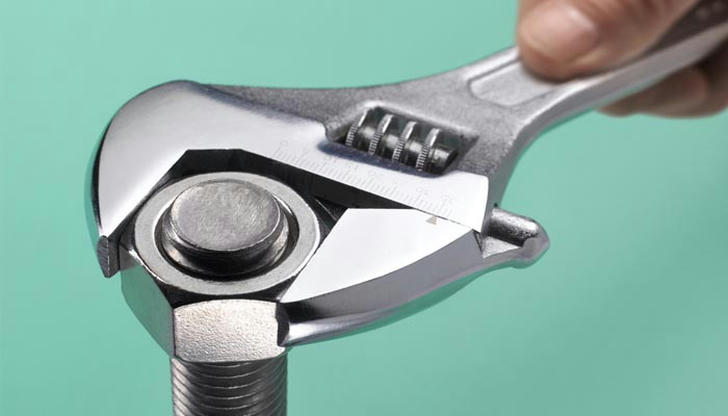
3. Adjustable Wrench
An adjustable wrench is perfect for holding various sizes of nuts and bolts.
Uses: Repairing leaky faucets, assembling furniture and servicing plumbing fixtures.
Alternative: Several fixed-size wrenches in a set may also come in handy.
Tip: Ensure the wrench has a smooth adjustment mechanism to make it easy to use.
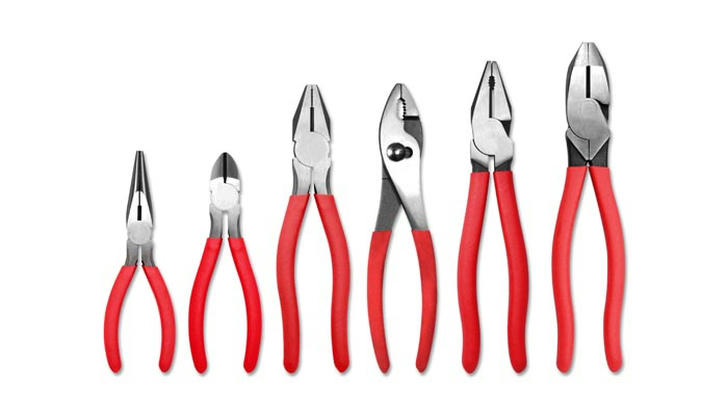
4. Pliers (Needle-Nose and Slip-Joint)
Pliers add extra grip and leverage when dealing with wire, nuts and bolts.
Needle-nose Pliers: Excellent for wire bending, cutting and reaching into tight spots.
Slip-Joint Pliers: Convenient for gripping, twisting and pulling different materials.
Tip: An ideal pair of pliers should have a rubberized handle to ensure comfort and safety.
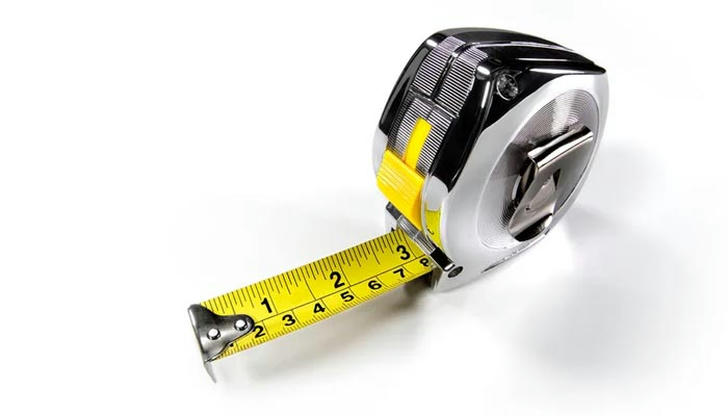
5. Tape Measure
A retractable tape is crucial for proper measurement when putting up pictures, shelving and cutting things.
Standard Length: A 25-foot tape is perfect for the average home project.
Features to Consider: Locking mechanism and a solid metal blade for durability.
Tip: Always double-check measurements to prevent expensive errors.
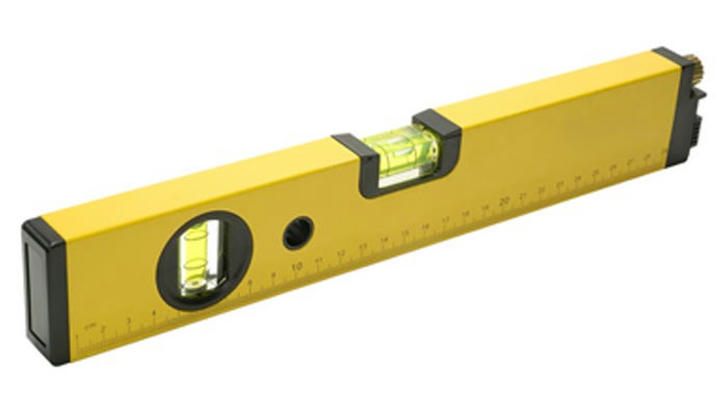
6. Level
A level ensures proper straightness for shelves, frames and other installations.
Types: Bubble levels (spirit levels) are the most straightforward and universal.
Digital Levels: More precise reading for detailed work.
Tip: Level when hanging a picture and installing curtain rods to prevent crooked hangings.

7. Utility Knife
A utility knife is handy to have on hand to cut material such as cardboard, drywall and carpet.
Uses: Cutting through boxes, trimming wallpaper and scoring drywall.
Features to Look for: A retracting blade for security and ease of replacement.
Tip: Keep the knife in safe storage except when used to prevent accidents.
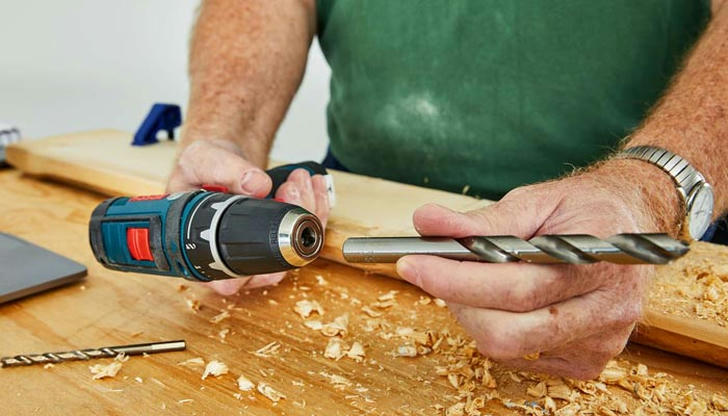
8. Cordless Drill and Drill Bits
A cordless drill is the most convenient tool any homeowner could request.
Applications: Holes drilling, furniture assembly and fixture setup.
Essential Bits: An assortment of drill and screwdriver bits for assorted materials.
Battery Type: Lithium-ion batteries provide longer battery life and faster charging.
Tip: Buy a variable-speed drill for greater precision.
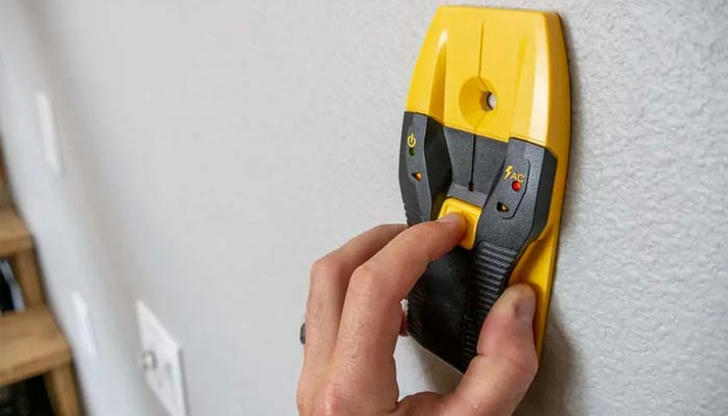
9. Stud Finder
Use a stud finder when hanging heavy-weight objects on walls.
Electronic Stud Finders: Locates studs under drywall instantly.
Magnetic Stud Finders: Locates screws or nails in studs.
Tip: Use a pencil to indicate stud locations to put screws and nails precisely.
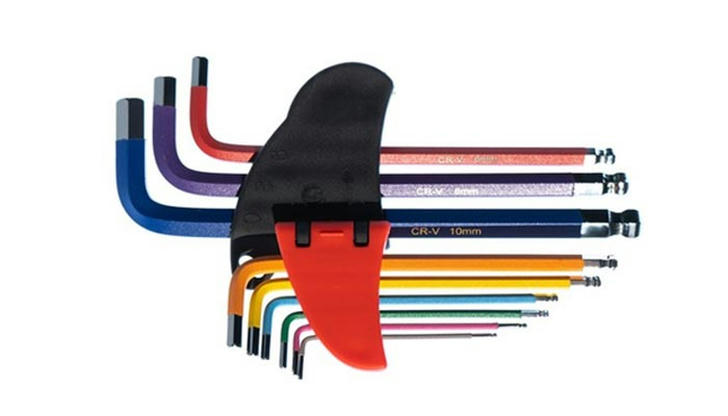
10. Allen Wrench Set (Hex Keys)
Most furniture pieces and household appliances require Allen wrenches to be assembled and repaired.
Standard Sizes: Metric and standard sizes available.
Used For: Assembling furniture from IKEA, tightening components on a bike and fixing household devices.
Tip: A folding set keeps all sizes organized and at hand.
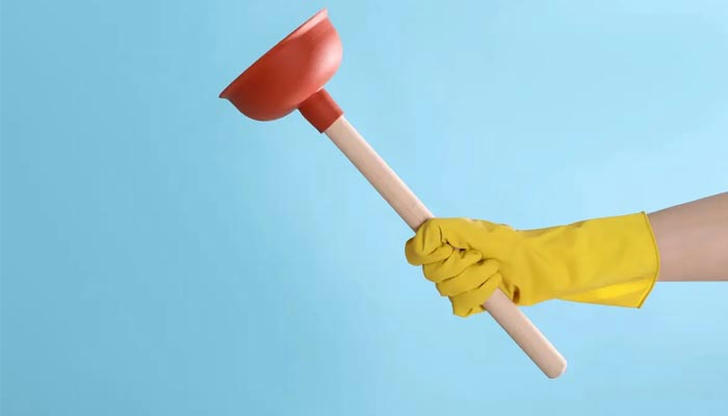
11. Plunger
Every household needs a plunger to clear clogs in sinks, toilets and drains.
Cup Plunger: Best for use with sinks and bathtubs.
Flange Plunger: To be used on toilets exclusively.
Tip: Keep a separate plunger for the bathroom and kitchen to keep things clean.

12. Flashlight or Headlamp
A flashlight or headlamp is necessary for working in dark areas or small spaces.
Uses: Electrical panels, repairing appliances and power outages.
Rechargeable Options: Convenient and cost-saving.
Tip: Keep backup batteries handy.

13. Electrical Tape and Duct Tape
Duct tape makes quick fixes for temporary use and electrical Tape is terrific for small wire projects.
Uses of Duct Tape: Fixing small holes, bundling items and sealing leaks.
Electrical Tape Uses: Insulate cables and cover exposed connection points.
Tip: Use high-quality Tape that sticks well and lasts longer.
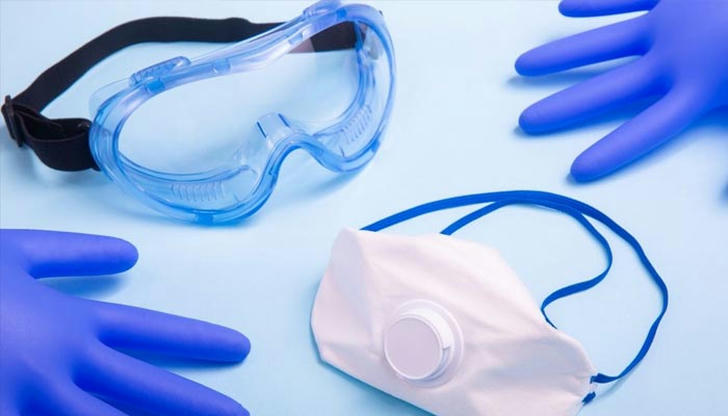
14. Protective Gear (Gloves, Goggles and Mask)
Safety comes first in performing home repairs.
Gloves: Protection of hands against cuts, splinters and chemicals.
Goggles: Eyes protection against flying particles when cutting or drilling.
Dust Mask: Prevents inhalation of dust and fumes.
Tip: Always put on the proper equipment based on the task involved.
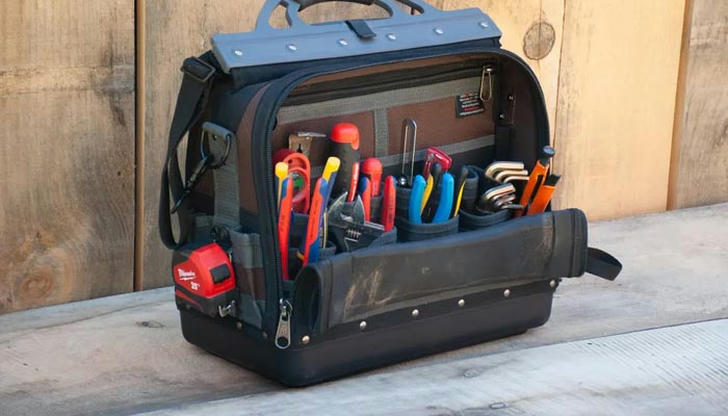
15. Tool Box or Tool Bag
Having well-organized tools is an assurance of quick access and safety against loss.
Tool Box: Provides increased protection for the tools.
Tool Bag: This is lightweight and less challenging to lug around the home.
Tip: Identify tool compartments with labels.
Conclusion
The right tools in the house allow homeowners to make minor repairs without calling a professional. From fixing a leaky pipe to tightening a loose bolt to fixing a ripped area in the wall, the tools listed above are required to maintain your home in working order. Investing in good tools will pay dividends in the long run by lasting longer and being more effective. A good toolbox can quickly repair around the house!
